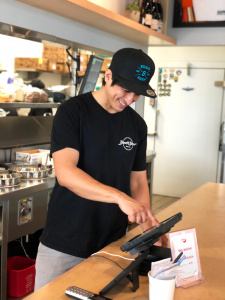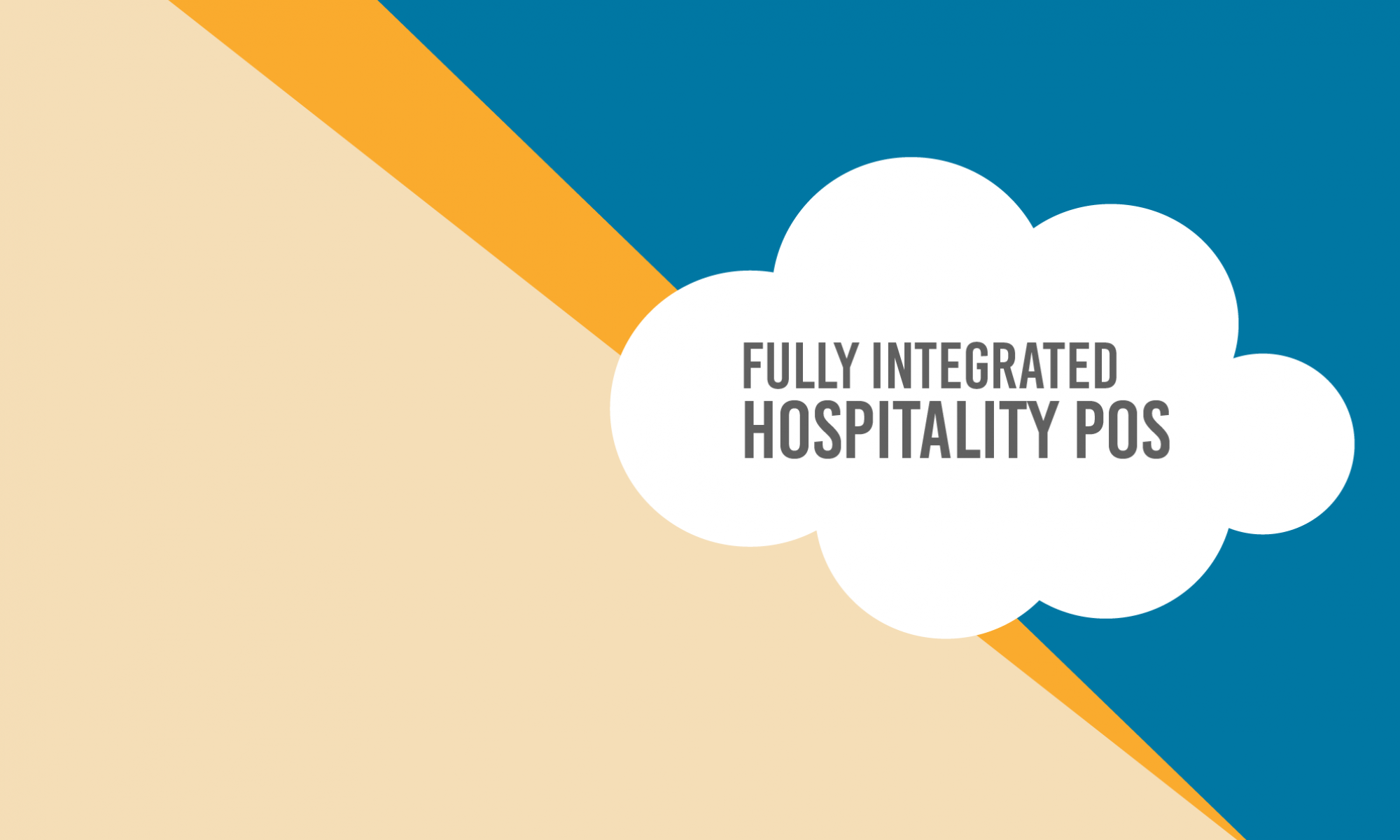As we head into 2018 there are five restaurant trends that you can anticipate seeing as the focus of many business goals for the upcoming year for fast casual, quick service, table service, or bars and nightclubs. Being in the trenches, talking with restaurant owners and operators every day, we can see the trends emerging in the hospitality industry before most. From mobile point of sale to accepting chip cards and new ways to connect with customers, you should take note of these five trends.
1 – Implementing Mobile Point of Sale
Letting your wait and bar staff loose from the chains of a stationary point of sale unit to provide faster, more efficient service to your customers can be a freeing experience and a restaurant trend we’re a big fan of. Putting mobile technology into your employees’ hands allows them to complete foundational functions like order taking, input and accepting payments on the fly, cutting out wasted steps and shaving off precious minutes. Think faster orders, faster turn times and happier customers. That is the very capabilities you can get from Focus Mobile Solutions.
2 – Offering Delivery Service Through Third-Party Integrations
Even fine dining establishments are jumping on the online order wagon in an effort to satisfy customer demands. Online ordering is going to explode in 2018, and thanks to innovative software like Chowly, which connects third-party online ordering platforms (Chow Now, Grubhub, delivery.com) directly to your point of sale, you can streamline your online order process and eliminate the need for a dedicated employee to enter orders manually into your POS. It just so happens that Focus POS will integrate with Chowly in the very near future, taking your delivery service, no matter your type of restaurant, to the next level, adding to your revenue stream.
3 – Finding Ways to Cut Labor Costs
Number three on our list of restaurant trends for 2018: pretty much anything related to cutting labor costs in your restaurant or bar. Kitchen display systems are a key technology that has the potential to transform your back of the house (BOH) processes. These customizable interfaces give your kitchen the ability to visually organize orders and get rid of the clutter by banishing paper from the line forever.
4 – Building and Improving Customer Relationships
“It’s like they know me!” That’s what you want your restaurant customers saying about you in 2018. That happens through a deep knowledge of their eating habits and dining history and that happens through analytics and reporting. Think about the way that Amazon makes product suggestions to you based on your purchase history. Restaurants, no matter the size, can do the same thing. You can offer promotions and marketing strategically targeted to your patrons. A loyalty program like Focus Rewards is a perfect platform to gather that historical data and related demographic information that can drive your messaging and deliver the right message at the right time. This strategy will inspire your guests to either hop in the car to dine with you or jump online and order a meal from you.
5 – Accepting Alternative Payment Methods
Reducing credit card fraud. Limiting chargebacks. Decreasing liability. Those are just a few of the benefits of accepting the new security-advanced payment methods like chip cards and mobile payments like Apple Pay. Not only that but you’ll be ready for the next generation of diners who are more tech savvy and are more comfortable waving than swiping. Installing software and hardware that can accommodate a wider variety of payment methods is definitely one of the restaurant trends you’ll see in 2018.
We’re excited about the shifting tide in the hospitality industry that is hyper-customer-focused and heavily favors tech. Focus POS California has the hardware, software and expertise to partner with you to take your restaurant or bar to the next level this year and really help you accomplish your business goals.
 Anyone who has been to Board & Brew at their San Diego or Orange County locations will tell you about the Secret Sauce, and yes it is one of the things that makes their sandwiches highly addicting but its not the only thing. Its also the bread, the fresh ingredients, and the ever rotating list of craft beers being tapped. But look beyond that and you will see a dedicated team committed to pumping out high quality nosh to their community.
Anyone who has been to Board & Brew at their San Diego or Orange County locations will tell you about the Secret Sauce, and yes it is one of the things that makes their sandwiches highly addicting but its not the only thing. Its also the bread, the fresh ingredients, and the ever rotating list of craft beers being tapped. But look beyond that and you will see a dedicated team committed to pumping out high quality nosh to their community.

